Equal representation in global health leadership
Currently women make up 70 percent of the health workforce globally and represent about 90 percent of frontline health workers, but hold just a quarter of leadership positions.
The exclusion of women from the majority of health decision-making roles is inequitable, but more than that, it weakens global health since the women workers who know most about health systems have the least say in their design and management. Women from low- and middle-income countries (LMICs) face the greatest barriers accessing senior posts in their home countries and globally. Health policy decisions are not influenced equally by the priorities and experiences of men and women, and global health is diminished by lost female ideas, innovation, expertise and talent.
We believe that everyone has the right to attain equal levels of recognition, participation and decision-making in global health regardless of gender. We advocate for equal representation of women in decision-making roles across the global health sector, especially as they represent the vast majority of global health workers.
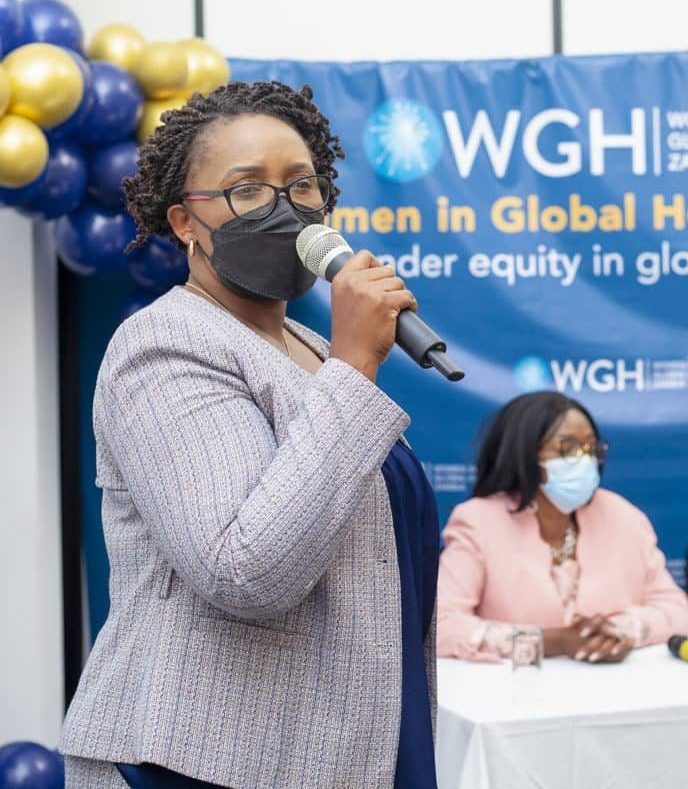
Realizing the “triple gender dividend”
Increasing female talent in health leadership will have wide benefits, enabling the expansion of the global health and social care workforce needed to achieve the Sustainable Development Goals (SDGs), Universal Health Coverage (UHC), and realizing a triple gender dividend seen in:
1. Better health: equal opportunities and decent work will attract and retain female health workers, helping to fill the 18
million global health worker gap.
2. Gender equality: investing in women to enter leadership and formal sector jobs in health will increase gender equality as women gain more income and decision-making power.
3. Economic growth: new jobs created in health will fuel economic growth and strengthen health systems and outcomes, all contributing to UHC and the SDG targets by the 2030 end date.
Our asks:
- Member state delegations to WHA and other political and policy dialogues should have 50% women delegates, and women delegates should be prioritized as leaders of delegations.
- Within countries, governments should be ensuring that women, especially from marginalized groups, and health and care workers, are represented in decision-making.
- Health services should be on track to achieve gender parity in Director-level and other senior posts in all parts of the organization.
- Managers in organizations must be accountable for promoting the collection of gender-disaggregated data and identifying, analyzing, reporting on, and mitigating the gendered impact of policies and programs.
- Beyond gender parity, health leaders of all genders should be Gender Transformative Leaders, intentionally addressing gender inequity.
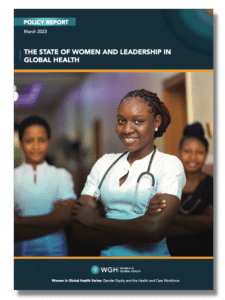 Policy Report: The State of Women and Leadership in Global Health
Policy Report: The State of Women and Leadership in Global Health
Women in Global Health undertook this research on the state of women’s leadership and global health to assess the pace of change at global level, the impact of the pandemic and inform our recommendations with country experiences from India, Kenya and Nigeria. Our headline conclusion is that women are still significantly underrepresented in health leadership and that impacts negatively on women affected and on health systems. It is therefore everybody’s business. Women working in health have the right to equal leadership opportunities, and health systems need their expertise.
Resources
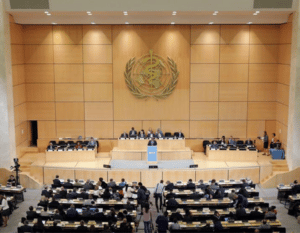
Does global health governance walk the talk? Gender representation in World Health Assemblies, 1948–2021

Enabling Women to Lead in the Health Sector: It’s Time to Fix Inequality, Not Women

Roopa Dhatt: How a simple statistic helped put women on the global health map
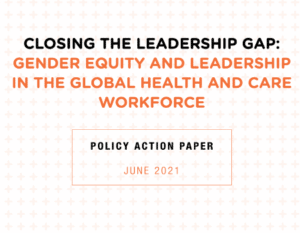
Closing the leadership gap: gender equity and leadership in the global health and care workforce
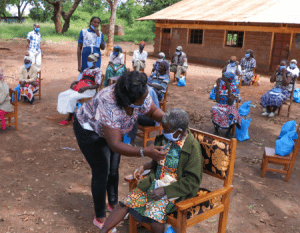
Delivered by Women, Led by Women: The Future of Global Health Leadership
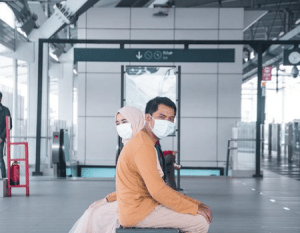
An Open Letter from Women in Global Health to the Leaders of the G7

Words matter: political and gender analysis of speeches made by heads of government during the COVID-19 pandemic
